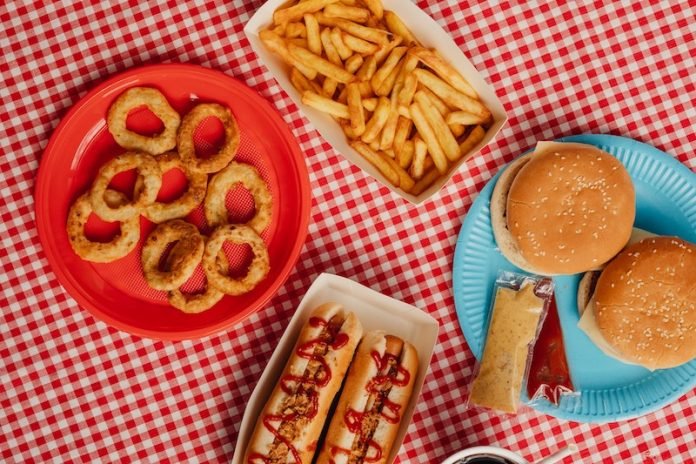
Introduction: Defining “Junk Food” for Health Policies
Defining “junk food” is crucial for implementing effective health policies, such as junk food taxes, aimed at reducing consumption and improving community health.
Researchers from the NYU School of Global Public Health and the Friedman School of Nutrition Science and Policy at Tufts analyzed three decades of U.S. food policies to understand how “junk food” is determined for policy purposes.
The Prevalence of Junk Food Consumption
Junk food, which refers to snacks and desserts with low nutritional value, accounts for 15% of total calories consumed in the United States.
Recognizing the link between unhealthy diets and overconsumption of junk food, public health efforts aim to address this issue. However, the lack of a standardized definition of junk food hampers these efforts.
The Need for a Definition: Junk Food Tax
One area where a clear definition of junk food is required is in the implementation of a junk food tax.
This policy increases the price of such products to reduce consumption and generate revenue for programs that improve nutrition and health in communities.
Previous research has shown that junk food taxes are administratively and legally feasible.
Criteria for Defining Junk Food
The researchers examined existing policies at the federal, state, and tribal levels where categories of food were defined for taxation or related regulatory purposes.
They identified and analyzed 47 laws and bills from 1991 to 2021. The criteria used to define junk food included food categories, processing, place of preparation or sale, nutrients, and serving size. Some policies used multiple criteria to define foods.
Differentiating Staple Foods and Non-Staple Foods
One common theme was the use of food categories to distinguish between necessary or staple foods and non-staple foods.
Staple foods, like bread, were often excluded from junk food policies, while non-staple foods, such as sweets and chips, were subject to regulation.
Processing and Nutrient Criteria
Policies commonly incorporated processing and/or nutrient criteria to further determine which products within food categories should be regulated.
This approach favored products with lower levels of processing and additives.
The researchers highlighted a Navajo Nation junk food tax that utilized a combined approach, considering category, processing, and nutrients like saturated fat, salt, and sugar.
No Clear Definition by Public Health Departments
Surprisingly, no state tax laws or bills tasked public health departments with defining the foods subject to the tax.
In contrast, federal regulations often rely on expert definitions. States could benefit from involving public health experts in defining taxable foods.
The Role of Excise Taxes
The researchers suggested implementing junk food taxes as excise taxes paid by manufacturers or distributors, rather than sales taxes paid by consumers.
Excise taxes allow for earmarking revenue for specific uses, such as improving access to healthy food in underserved communities.
Furthermore, the prospect of taxation may motivate food companies to reformulate their products to be healthier.
Encouraging Healthy Innovations
Defining taxed foods is an ongoing process, considering that existing products are reformulated, and new packaged foods are introduced each year.
Taxation serves as a tool not only for steering consumers away from unhealthy options but also for encouraging the development of healthier products.
Conclusion: Establishing a Clear Definition for Effective Policies
A standardized definition of “junk food” is essential for implementing health policies such as junk food taxes.
By examining existing policies, researchers identified criteria for defining junk food, including food categories, processing, and nutrients.
Involving public health experts and implementing excise taxes paid by manufacturers can enhance the effectiveness of these policies.
Defining junk food supports efforts to improve community health and encourages the creation of healthier food options.
If you care about cancer, please read studies about a safer, more effective cancer therapy, and vitamin D supplements could strongly reduce cancer death.
For more information about health, please see recent studies about how drinking milk affects the risks of heart disease and cancer, and results showing NanoKnife can use electricity to kill prostate cancer.
The study was published in The Milbank Quarterly.
Copyright © 2023 Knowridge Science Report. All rights reserved.



